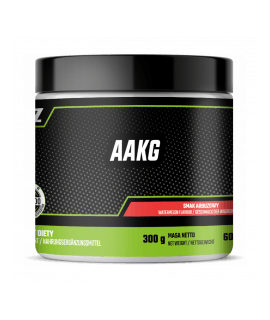Slow jogging, as the name suggests, is a slower running workout that is more like walking than running. Jogging alone, where the average speed is about 6 to 6.5 km per hour, is already considered slow running. Moving more slowly (4 to 5 km per hour) is referred to as 'slow jogging'.
Origin of slow jogging
The creator of slow jogging is Japanese professor Hiroaki Tanaka. For many years he conducted research on how specific forms of physical activity affect health and well-being, but also on finding one that would be best for the average person. He prioritized ease of practice, general accessibility, and beneficial effects on the body.
In part, slow jogging was meant to be an activity for people who find other sports too intense and tiring for them. This was especially significant in older people.
Slow jogging - rules
The pace of running should be such that you can easily talk to another person, and most importantly, without any signs of shortness of breath or fatigue. During slow jogging you should have a smile on your face (from Japanese 'Niko Niko' means 'with smile'), this is the first rule of this physical activity.
The second rule is to place the foot on the mid-foot. During normal running, the foot falls on the heel part and then rolls completely on the ground. In slow jogging, the foot is supposed to land on the mid-foot, which is considered the most natural position. In addition, the length of the step is about 2/3 shorter than during traditional running.
The third rule relates to the body posture that a person adopts when running. The silhouette should be upright, the face directed ahead, and the chin slightly raised.
Breathing is completely intuitive and as natural as possible, which is the fourth principle. No complicated or special breathing techniques are used here, just rely on your body needs of breathing.
The last, fifth rule, is regularity. To get the best results, it is enough to run 30-60 minutes a day.
Slow jogging - running and health
You might think that such an undemanding physical activity will not bring too many effects. However, it turns out that there are many benefits of slow jogging.
These include:
- improvement of general fitness, physical condition and posture
- slimmer figure
- more efficient work of the respiratory and circulatory systems
- accelerated metabolism
- relief of the joint system
Slow jogging has a significant impact on reducing the risk of civilization diseases, such as:
- diabetes
- obesity
- atherosclerosis
During slow jogging, you can burn a lot more calories than during normal walking. Running 3.5-5 km in slow jogging tempo burns about 200-300 kcal. The same amount of calories can be lost during a 7-10 km walk.
An amazing effect of slow jogging is its impact on mental fitness. It has been proved (by professor Tanaka's research - the creator of slow jogging) that certain kind of movement can reduce the risk of disease. Slow jogging practised for an hour 3 times a week for half a year, increases the number of brain cells of exercising people.
Slow jogging - running for beginners and beyond
Slow jogging is a great form of physical activity for everyone. However, it may be that people who prefer intense exercise will not find satisfaction from this form of activity.
It is definitely a sport for people who:
- are just beginning to exercise
- cannot exercise intensively (due to health problems)
- are 60-70 years old or older
- do not like the intensive effort
- are looking for an activity that they can do every day









